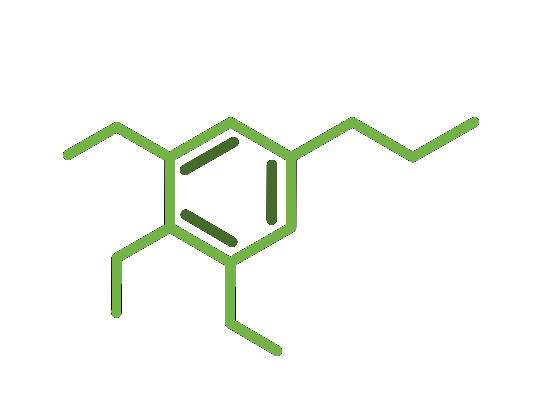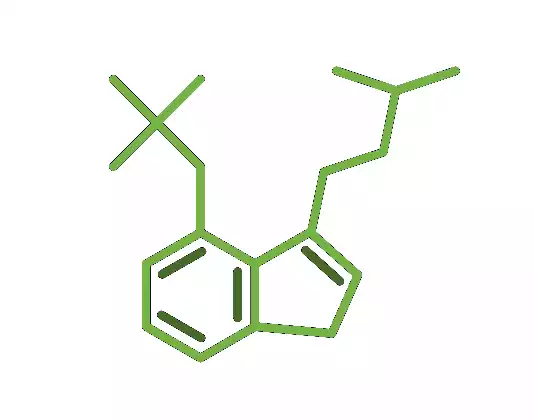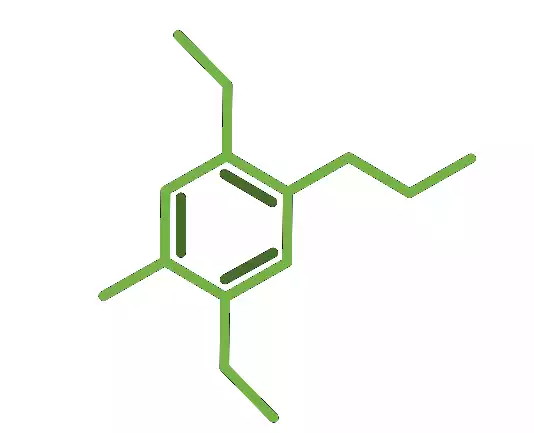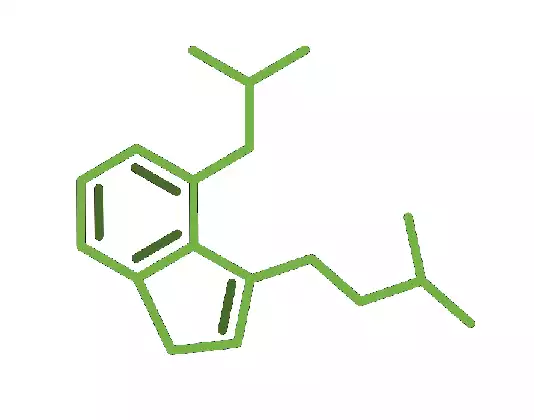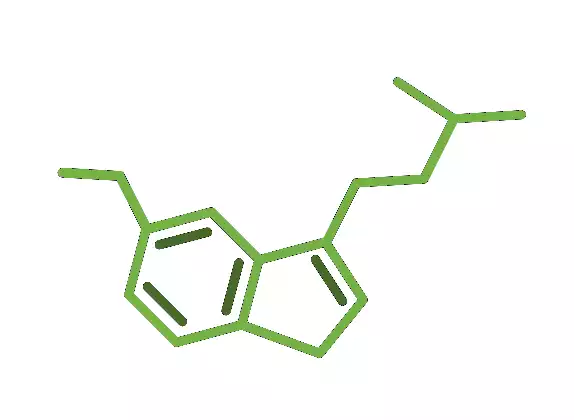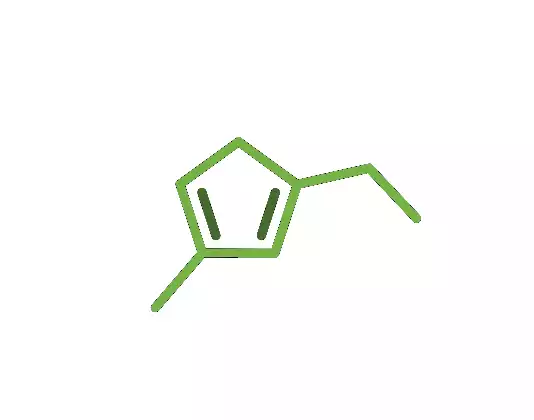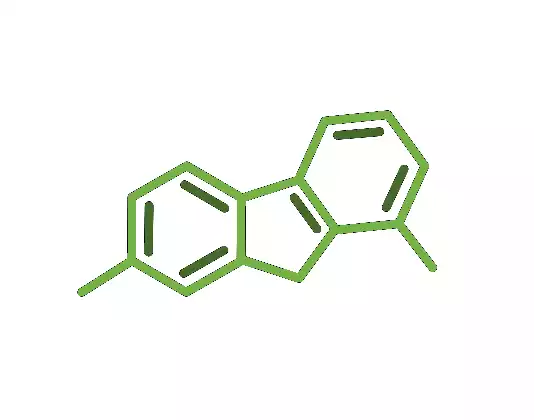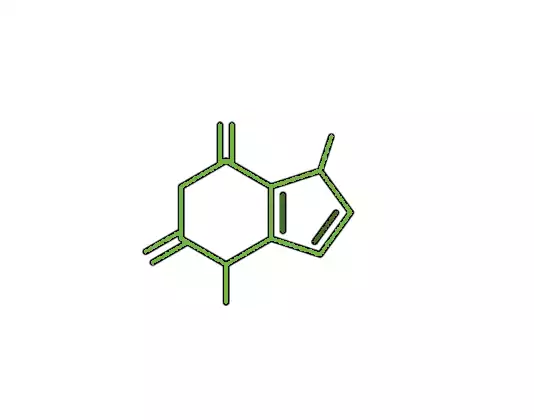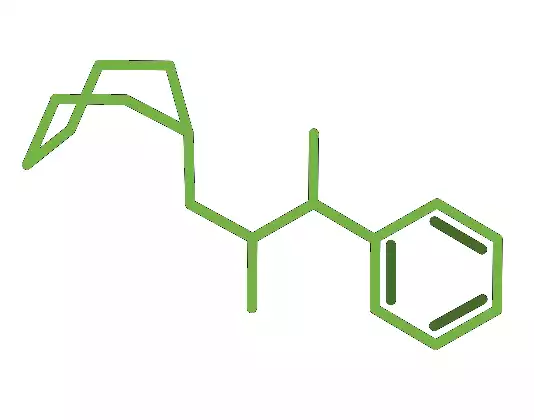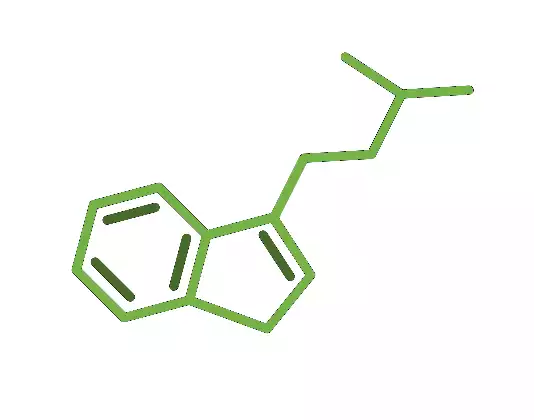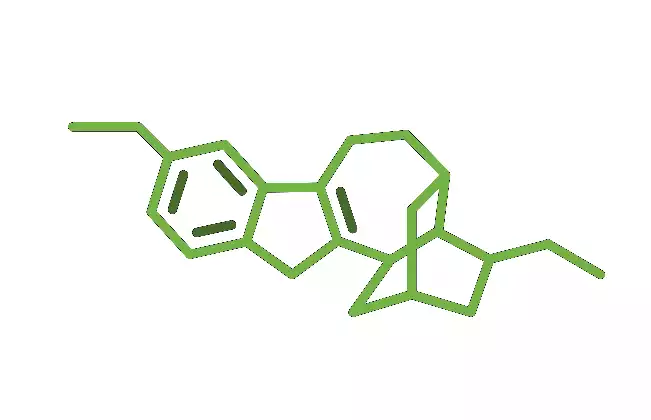Peyote has a slower growth rate than most cacti, requiring many years (decades) to reach maturity and to flower. Homegrown specimens can flower after 5-7 years.
Archaeological excavations in the southern US, Mexico and Peru revealed the ceremonial use of mescaline-containing cacti for over 6000 years. Mescaline is a common substance occurring in a variety of cacti, with Peyote exhibiting the highest content. The use of peyote was widespread throughout the Aztec Empire and northern Mexico until the Spanish conquest, which limited its ceremonial use for religious reasons. Towards the end of the 19th century, the use of peyote spread among Native Americans to the north.
Most of the mescaline in peyote is found at the top of the plant referred to as the "button", which is consumed dried or in an infusion. Peyote has been shown to aid in problem solving, enhance creativity and consciousness, and improve learning. It was traditionally used as a medicinal plant to treat various ailments, such as pain, wounds, skin conditions and snakebites.
